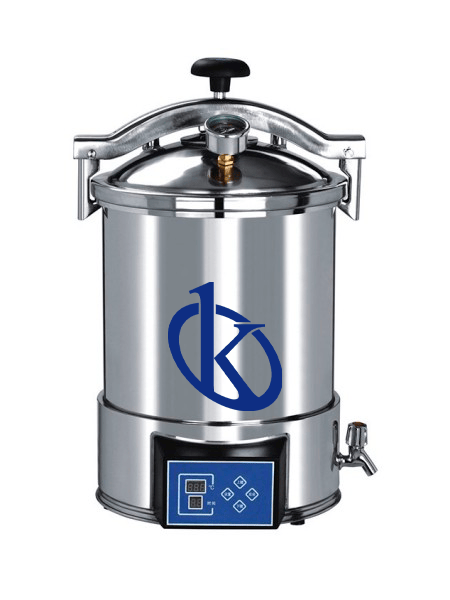Steam sterilization is the preferred method of sterilization and works by denaturing proteins. Steam autoclave is an equipment designed to use high pressure and temperature steam to kill microorganisms. Sterilization involves the complete destruction of all microorganisms, including resistant bacteria, bacterial spores, protozoa, prions, viruses and fungi present in liquids, surfaces of materials, drugs or culture media.
What is protein denaturation?
Protein denaturation is a protein coagulation process that occurs by changing their conformation in the presence of heat. Chemicals have the ability to kill microorganisms, but they may not be fully effective and leave unwanted or potentially toxic residues. However, chemical sterilizers are used when heat can damage materials. Ionizing radiation and UV radiation, which interfere with or modify DNA to prevent replication, can be used, but may not be as effective and validation is somewhat difficult.
Most microorganisms die at temperatures above 80 ° C. Prions, on the other hand, require higher temperatures and longer times to deactivate. During moist heat sterilization, steam molecules condense into cooler microorganisms.
To achieve the maximum effect of the steam, it must be saturated. In moist heat sterilization processes, temperature and pressure are easy to control, making it easy to determine if sterilization has occurred. There is no doubt that steam sterilization produces a high degree of sterility and is therefore the most widely used form of sterilization in hospitals and laboratories. That is why it can be said that the humid heat autoclave is the fastest and most reliable form of sterilization.
How does the steam autoclave work?
An autoclave is essentially a pressure vessel that uses steam pressure as a sterilizing agent. By increasing the pressure (above atmospheric pressure) the steam can reach higher temperatures. The additional pressure increases the boiling temperature of the water. Actually, about 20 ° C more. This effectively increases its heat content and its ability to kill. This comes from its latent heat of evaporation.
To bring a liter of water to a boil, 80 kcal / mol is required, but the conversion of boiling water into steam requires 540 kcal / mol. This means that at 100 ° C steam is almost 7 times hotter than boiling water.
The good thing about steam is that it has the ability to penetrate objects that have a cooler temperature. When the steam hits a cooler surface, it condenses in the water on that object. This effectively reduces the amount of vapor present. This negative pressure in the steam draws more steam to the cooler area. Condensation occurs whenever the temperature of the condensing surface is lower than that of the steam. This allows rapid heating of surfaces, penetration into dense materials, denaturation of proteins, and sterilization of microorganisms.


